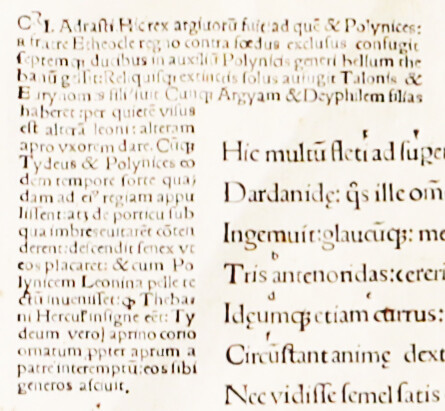I will take care of optimizing your illustrations. However, if what you submit cannot be made printable, we will have to omit it from your book. To the extent that you can, please follow these guidelines in deciding what to submit and in what format or formats.
Photographic images
- Digital photos should be high-quality JPEG or TIFF files. If you took digital photos, please send the full file as downloaded from your camera. Do not open the image in photo editing software. If someone else took the photos, try to get the highest resolution image you can from them, preferably the original file before editing. I can always make a photo smaller. I cannot generally make it larger. For reference, photos are reproduced at 300 pixels per inch. If your photo is 150 pixels wide, it will print half an inch wide, and there’s probably no point in sending me something that small.
- Important: Insert a sequence number at the beginning of each filename so the files sort in the correct order in the folder. The best numbering scheme is to identify the chapter and the sequence within the chapter, like this: c01f01TommyAtHisFirstBirthday.jpg, c01f02JillAtTommysFirstBirthday.jpg, and so forth.
- Don’t embed the image in a Word document or in an email. Send each image file as an attachment to an email, or zip all of the images together and upload the zipped folder to Dropbox or the equivalent.
- If you have older photographic prints, put a sticky note on the back of each one using the same numbering scheme as in paragraph 2. Pack them carefully and send them to me by UPS or FedEx (never entrust irreplaceable photos to USPS). I will scan them myself. I have found that this saves you money as compared to taking them to an office supply store and having them do the scanning, because the odds of your finding a store clerk who has any idea of how to scan photos for printing in a book are slim to none. And I’ll return the photos, of course. Do not send me copier copies of photos. Send me the originals.
Line art
Send me originals of old newspaper articles, including those with printed images; letters; drawings; sketches; and printed ephemera of any type so that I can scan them at the appropriate resolution to render properly in print. While a photograph has to be at 300 pixels per inch, line art has to be at 1,200 pixels per inch so that lines, type, and halftone images appear crisp and smooth.
Charts, graphs, diagrams, and the like should be furnished as separate files in a vector format. PowerPoint slides are sufficient. Elements should be arranged with the proportions of a book page in mind (don’t try to cram too much into one figure, in other words). All text should be rendered as type, not as pictures of words. You should be able to select type or select a graphic element (such as a line or box) with your cursor. If you cannot, then you are looking at an image and not a vector diagram. Images for these elements are unacceptable. Keep it simple. Black and white is best. You don’t need to produce finished art, because I’m going to tear it apart and rebuild it anyway. Just be neat and clear.
